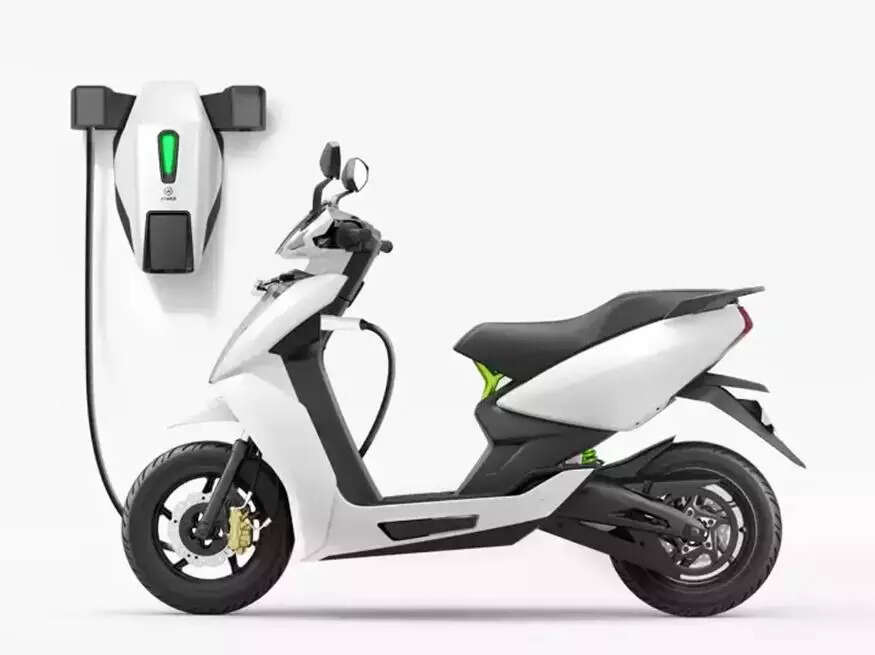
The Indian automobile sector is a significant driver of macroeconomic growth and technological development. The sector has surpassed Japan and has become the third-largest automobile market in the world. While India is making exceptional progress in the automotive space, there are areas of concern, and one which bothers me all the time is the apparent gender gap. The auto sector has been known as a “male-dominant” sector for ages; where, from shop floor to leadership roles men have been dominating.
Since the auto industry processes like manufacturing of vehicles and of its key components like the engine are mechanically driven. Men traditionally took up these roles, especially on the shop floor. It is here that the bias began. Over the years it seeped into the entire spectrum of the automotive industry.
Other factors like deep-rooted cultural norms and lack of management action to reverse the trend further widened the gender gap. The situation is such that many automobile or auto-component manufacturers do not have a single woman on their shop floor, in core R&D or engineering. Further to our amazement, until recently, some of them did not even have a female toilet on the shop floor.
Bring women to the fore
Recently, with the HR focus on inclusion and diversity, women representation in the automotive sector has increased. Still, there is much scope for improvement. Most of the present women representation is in functions like marketing, finance, HR, PR etc., but not in the core areas of employment like manufacturing, engineering and R&D.
Automotive is one of the oldest sectors in the world that contributes immensely to the economy in terms of GDP and employment generation. If we can find a way to get more women into this sector, and that too into the key roles of production and research, it will open up a huge employment avenue for them. It will also send an emphatic message that there is no role, no job that women cannot do! I would love to see a large number of women in the automotive sector, especially in the core functions on the shop floor, in engineering, in R&D, in dealership servicing centres and as CEOs and entrepreneurs.
A bright spot
This is where I feel that the new electric vehicle (EV) revolution is a bright spot! The EV revolution leads to a green, emission and sound-free transport reducing pollution levels in our cities. More importantly it is re-defining women’s presence and role in the automotive sector for many reasons. First of all, EVs are more about electronics and software and less about hard-core manufacturing processes; and this has opened up new avenues for women to participate in the core functions across the value chain of EV manufacturing and the EV ecosystem. It’s heartening to see women taking up roles in product development or tech development.
In our own group companies, Kinetic Communications and Kinetic Electric Motor Company, which manufacture EV components like traction motors, controllers, and other electronic components, we have over 75% women on the shop floor.
EV manufacturers are opening positions for women on shop floors, and in R&D and engineering, along with marketing, HR and other management roles.
The new-age companies and startups that enter the EV space are creating several new opportunities which women can grab if they skill themselves correctly. There is a shortage of EV skills. If we as women target this sector and equip ourselves, we can get a larger share of jobs this fast-growing sector offers. I even read a recent report that concluded that six out of every 10 new hires in the EV sector are women skilled in business modelling, design redevelopment, e-mobility and renewable energy management.
Redefine the future
The future of the automotive sector is not only Green and environment friendly but also more gender sensitive eliminating the scary prejudices it is associated with. Though the nascent changes are statistically significant, they are definitely directionally path breaking, opening up new directions to move forward.
The mission of bridging the gender gap and bringing in gender equity in the automotive sector must be a collective ambition of the government, industry and society. Leaders must make merit-based recruitments and shed all their prejudices about women in certain roles across the shop floor and at the leadership level.
Flexibility and mentorship of the women workforce are equally important to negate the concerns about career growth, job uncertainty, the workload etc., associated with specific industries. Since we are still at the initial phase of gender inclusivity, reservation at the Board level and in political leadership for women may be required to be continued and ensured to begin the process of creating participation and building some momentum. The joint efforts will accelerate the process of bringing women’s opinions to the table.
So, here is to a greener and inclusive future. Let’s all play our part in supporting and redefining this wonderful future!
(Disclaimer: Ms. Sulajja Firodia Motwani is the founder and CEO of Kinetic Green. Views are personal)

